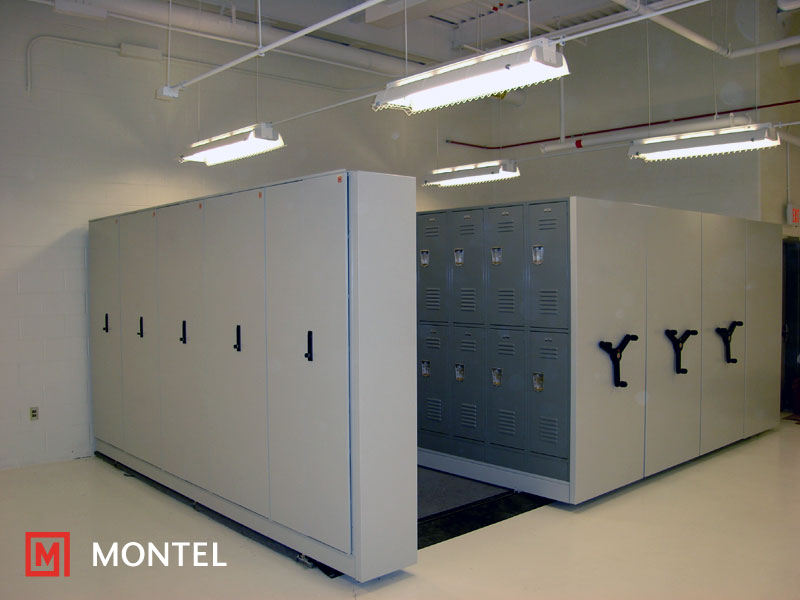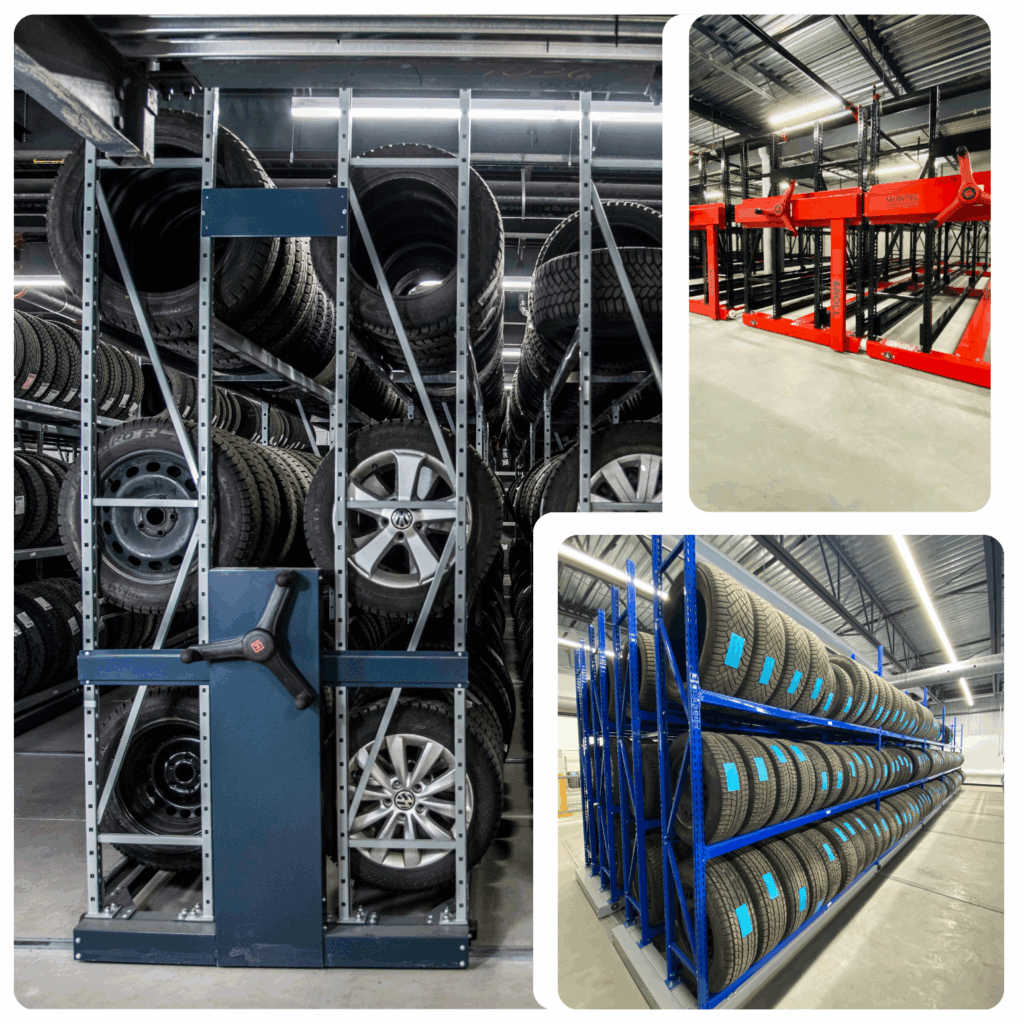Optimizing space in the public sector
In the public services sector, every square meter counts. Governments, municipalities, and institutions often have to contend with old buildings, evolving archiving and administrative space organization needs, all while adhering to limited budgets.
Space optimization in the public sector thus becomes a true performance driver: a way to modernize work environments, maximize administrative storage, and reduce warehousing costs. Thanks to mobile, modular, or high-density shelving systems, public organizations gain in efficiency, durability, and comfort for their teams.
Public spaces under pressure
Buildings with a strong heritage value
A large portion of public real estate was built before the era of architectural flexibility. These heritage or listed buildings impose constraints: load-bearing walls, low ceilings, non-modular structures.
As a result, expansion possibilities are limited, and teams must find solutions within the existing space itself.
Evolving needs
Public organizations are evolving: shared services, digital transformation, new ways of working, partial teleworking.
Spaces must adapt accordingly — and do so without disrupting the service mission.
A flexible and well-thought-out layout then becomes a tool for collective performance.
Real budget constraints
Renovating or expanding is costly. In many cases, intelligently reorganizing existing areas provides an immediate gain in efficiency at a lower cost.
Maximizing available space also means maximizing the value of every public dollar invested.
When storage systems support the public mission
Saving space without building
High-density storage systems — whether mobile or fixed — allow for recovering up to 50% of usable space by eliminating unnecessary aisles.
These reclaimed square meters can be transformed into work zones, technical spaces, or collaboration areas for employees.
Securing and organizing resources
Public institutions manage sensitive resources: confidential documents, official archives, technical equipment, emergency supplies.
A suitable storage system ensures the security, traceability, and rapid access to these essential items, while complying with current standards (confidentiality, ergonomics, fire safety).
Focus on sustainability
Modular systems made from durable materials align with the public sector’s environmental strategy.
They promote furniture longevity, waste reduction, and improved energy efficiency.
Optimizing also means preserving the built heritage rather than expanding it.
Concrete examples in public services
Government agencies and offices
Administrative departments manage large volumes of files and archives. Structured storage improves productivity, confidentiality and working comfort.
Military installations
Military warehouses, bases, and workshops require rigorous logistics.
Robust and secure storage systems ensure rapid and safe management of operational equipment, while adhering to defense and security standards.
Emergency services and municipal maintenance
Municipal fire stations, garages, and warehouses require immediate access to their equipment.
Compact and well-identified solutions allow for faster and more efficient intervention, even in confined spaces.
Cultural centers and public archives
Libraries, museums, and national archives preserve valuable collections.
Suitable storage systems ensure the protection, stability, and preservation of these heritage assets, while optimizing storage capacity.
Intelligent planning for better service
1. Diagnose before acting
Understanding how each space is used allows us to identify under-utilized areas and adapt storage solutions to real needs.
2. Focus on modularity
Modern systems are scalable and configurable: the same equipment can be adapted to a new mission, a redevelopment or a merger of departments.
3. Aligning design and sustainability
The integration of sustainable solutions – recyclable materials, reduced energy consumption, longevity – supports the environmental policies of governments and municipalities.
4. Involving teams
Training employees and involving managers in the reorganization process promotes buy-in, accountability and consistency in day-to-day practices.
A well-designed space to serve the community
Optimizing space in public buildings is not just a layout project.
It is a strategic approach that directly impacts the quality of service offered to citizens, employee well-being, and the sustainability of collective heritage.
Each redesigned space becomes a concrete gesture towards more efficient, more humane and more responsible management of the public good.
📞 Personalized consultation
Do you manage a governmental, municipal, or institutional building?
Do you wish to maximize your space without expanding?
👉 Schedule a personalized personalized consultation with our specialists.
Or contact us in writing!
We’ll help you design functional, safe and sustainable environments tailored to your public mission.





